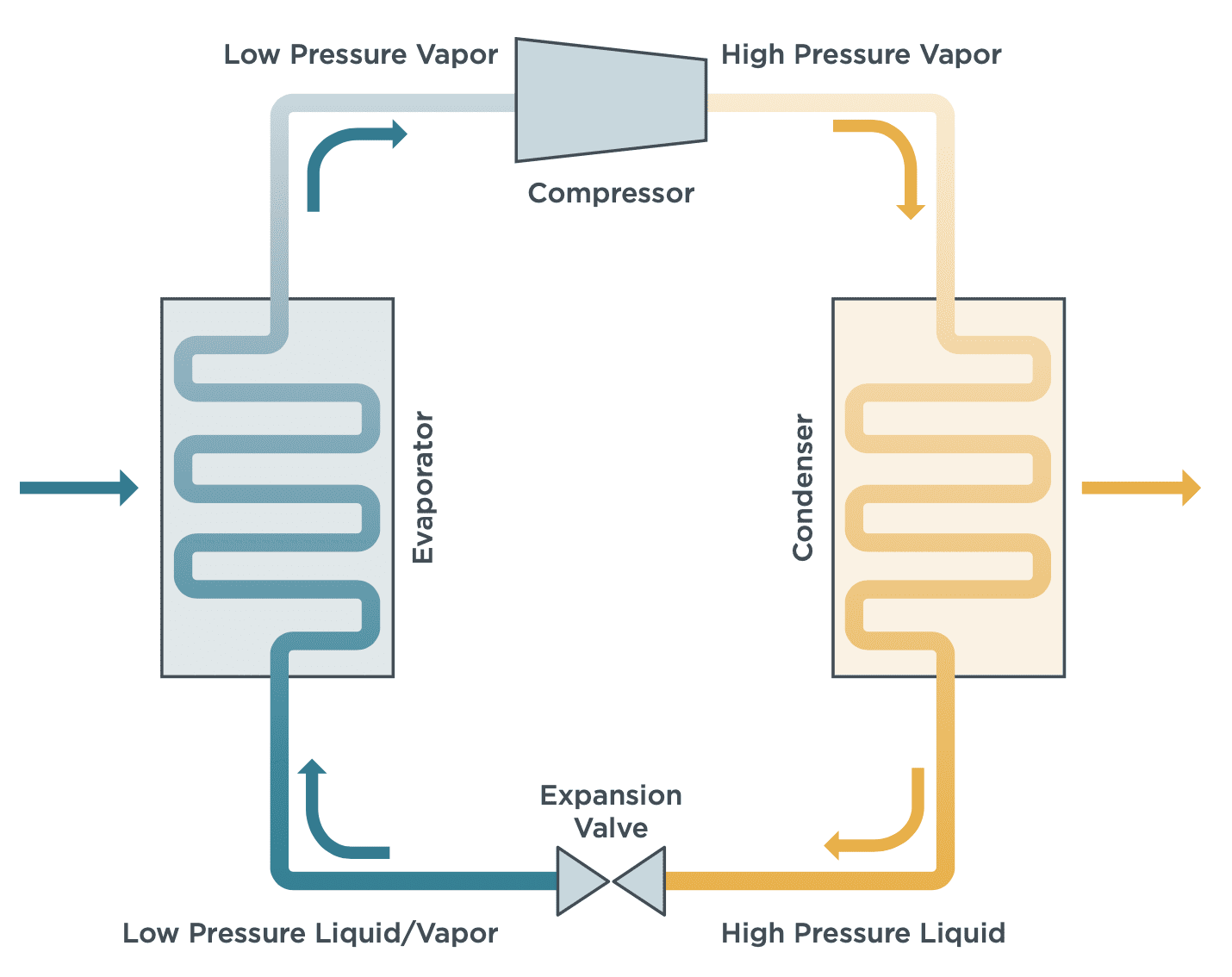Working Paper
Mobile air conditioning system series: Market status and a case study of electric buses in China
Mobile air conditioning (MAC) systems worldwide have long relied on chlorofluorocarbons (CFCs) as refrigerants in their cooling cycles. Most of these CFCs are ozone-depleting substance (ODS) with very high global warming potential (GWP). This study explores the market status of MAC refrigerants and identifies potential technologies for reducing energy consumption and GHG emissions from MAC systems. In this study, we review the MAC technology and market status of the EU and US and examine the status of China’s MAC systems with a focus on electric buses. We conducted a series of surveys and interviews to collect firsthand information about the electric bus market in China with assistance from the consultant Automotive Data of China (Tianjin) Co., Ltd. (CATARC-ADC). We cover the mainstream technical pathways and identify the main problems the Chinese MAC industry is confronting. Additionally, we estimate the potential reduction in GHG emissions with three technologies: advanced & substitute refrigerants, waste heat recovery, and dynamic adaptation by algorithm. In a nutshell, we evaluated three technologies for reducing GHG emissions: applying advanced & substitute refrigerants, waste heat recovery, and dynamic adaptation.
In addition, we simulated the lifecycle GHG emissions for several MAC refrigerants and technologies used by mainstream manufacturers. Our modified LCCP model found that popular refrigerants (R-410A and R-407C) directly emit more than 15 tons CO2e over the entire life cycle of one MAC system. We also examined the indirect emissions for 3 regions, namely Beijing (mild), Guangzhou (hot) and Harbin (cold). Even though every region has the potential to reduce GHG emissions a great deal, cities in colder areas have the greatest room for improvement. For example, in Harbin and Beijing the MAC system can typically reduce total GHG emissions by 30–127 tCO2e per vehicle, while the MAC in Guangzhou can shed 14–47 tCO2e.
However, several questions remain. For example, is there an optimal way to reduce MAC system emissions at a reasonable cost? How can standards/guidelines be set up to control emissions from on-board MAC systems more effectively? Which combination of technologies will be most efficient for regions with different climate conditions? There is no way to answer these questions without an in-depth investigation of China’s market for MAC systems and in particular, the real-world energy performance of MAC systems for different vehicle categories. In future works we will examine the potential energy consumption improvement of MAC systems from a technical and cost-effective perspective.

Figure. Mechanics of the refrigeration cycle
